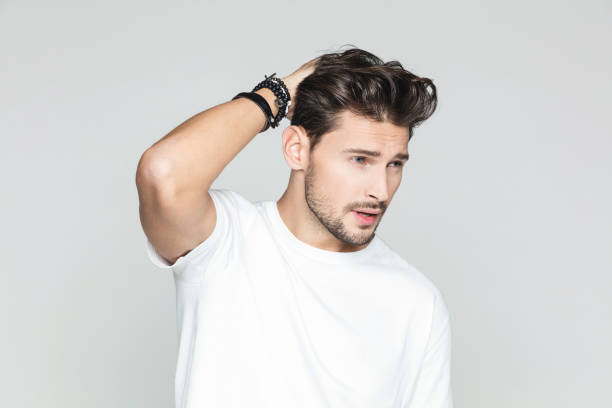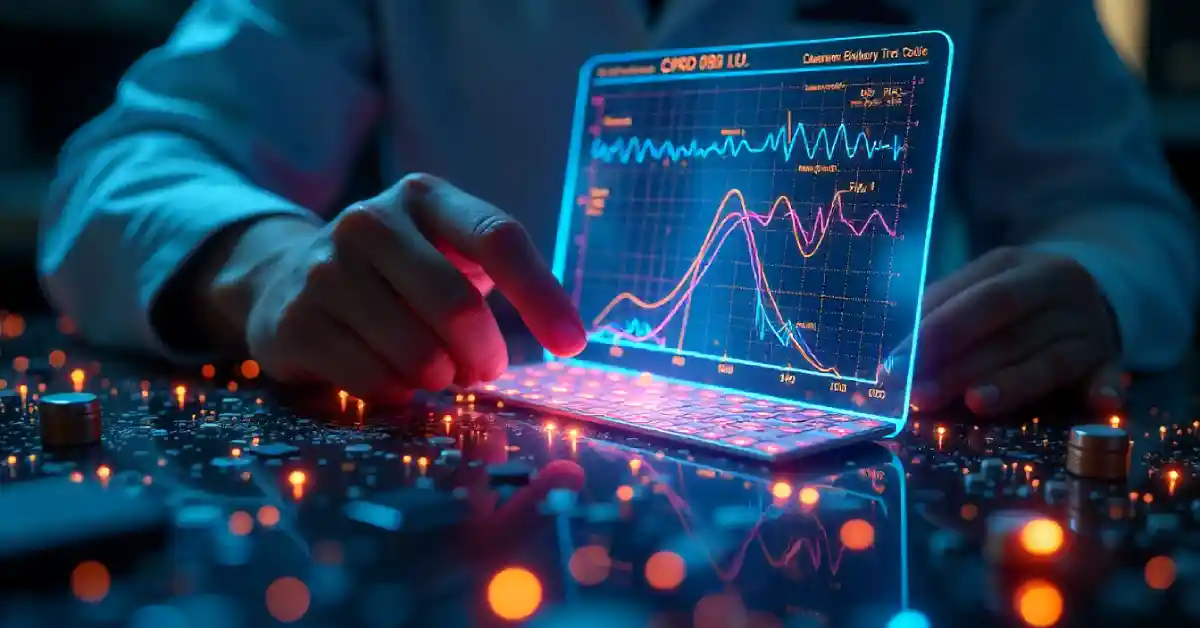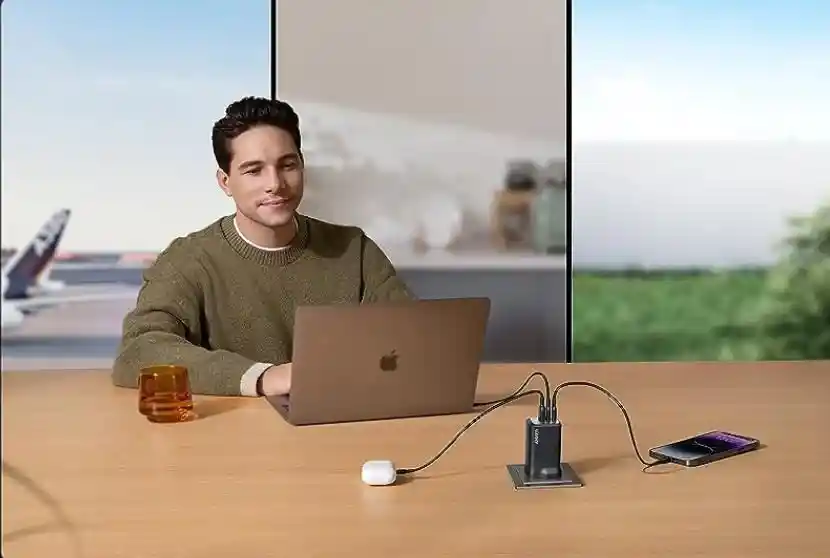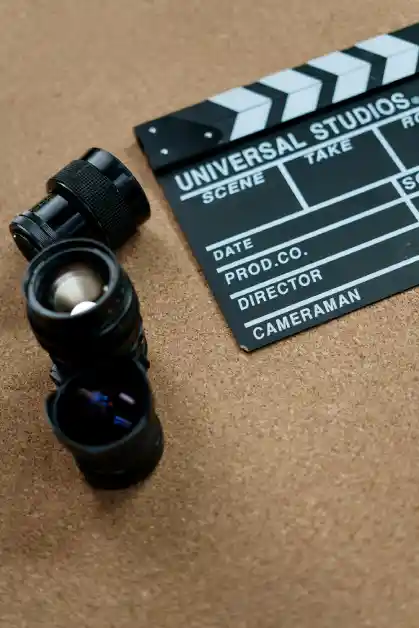In recent years, the beauty and tech industries have intersected in fascinating ways, notably with the emergence of RGB-D cameras. These cameras have revolutionized how we model hair, providing incredibly detailed and lifelike representations. For hair enthusiasts and tech-savvy consumers, this technology offers an exciting glimpse into the future of hairstyling and modeling.
Have you ever wondered how modeling hair from an RGB-D camera works? This article will unravel the mysteries behind this cutting-edge technology. From its technical inner workings to its practical applications in beauty and beyond, we will explore how RGB-D cameras are reshaping our perception of hair.
By capturing depth in addition to color, RGB-D cameras offer unprecedented accuracy in modeling hair textures and movements. This technology not only enhances virtual try-on experiences but also sets new standards for digital creativity and precision. Read on to discover how RGB-D technology is changing the game and what it means for the future of hair modeling.
Understanding the Basics of RGB-D Cameras
RGB-D cameras are unique because they capture both color (RGB) and depth (D) information. This combination allows for the creation of highly detailed 3D models. Unlike traditional cameras that only capture flat images, RGB-D cameras provide a multidimensional view, making them ideal for modeling complex structures like hair.
The technology uses infrared light to measure distances between the camera and objects, creating a depth map alongside the standard color image. This depth map is crucial for accurately modeling the intricacies of hair, such as volume and movement. By understanding these fundamentals, we can appreciate how this technology elevates digital hair modeling.
This advancement is significant for industries that rely on realistic digital representations, such as gaming, animation, and virtual reality. It allows for the creation of characters and avatars with hair that moves naturally, adding a layer of realism that was previously difficult to achieve.
How RGB-D Cameras Capture Hair Details
One of the most impressive features of RGB-D cameras is their ability to capture minute hair details with precision. The depth information provided by these cameras enables them to model each strand’s position in space accurately. This level of detail is essential for realistic hair modeling, whether for fashion, film, or personal styling applications.
By capturing depth, RGB-D cameras can accurately model how hair interacts with light and movement. This capability is particularly useful for virtual try-ons and augmented reality applications, where users can see how different hairstyles would look in real-time. The result is a more immersive and interactive experience for users.
The intricacy of this technology also opens doors for creative professionals who need to render hair in digital environments. From filmmakers to video game designers, the ability to model hair with such accuracy enhances their storytelling and world-building capabilities.
Why Accurate Hair Modeling Matters
Accurate hair modeling is essential for several reasons. Firstly, it enhances user experience in virtual environments, providing a more realistic and convincing representation. Secondly, it supports creative professionals who require precise models for their work, whether in animation, fashion, or design.
In industries like gaming and film, the ability to model hair accurately contributes to character believability and immersion. For consumers, it means better virtual try-ons and personalized styling options. By improving hair modeling, RGB-D cameras are setting new standards for digital interactions and visual storytelling.
Furthermore, accurate hair modeling is crucial for industries like healthcare and education, where realistic simulations can aid in training and research. By providing a more lifelike model, professionals in these fields can create more effective and engaging learning experiences.
The Role of RGB-D Cameras in Beauty Tech
In the beauty industry, RGB-D cameras have opened up exciting new possibilities. They allow consumers to virtually try on hairstyles and colors with unprecedented accuracy. This technology supports personalized recommendations, helping users choose styles that suit their features and preferences.
For beauty brands, RGB-D cameras offer valuable data insights, enabling them to tailor products and services to meet consumer needs. The integration of this technology into beauty apps and platforms enhances user engagement and satisfaction, providing a more interactive and enjoyable experience.
By leveraging RGB-D cameras, beauty tech companies can stay ahead of trends and offer innovative solutions that resonate with tech-savvy consumers. This alignment with technological advancements is key to maintaining relevance and competitiveness in the market.
How Tech-Savvy Consumers Benefit from RGB-D Cameras
Tech-savvy consumers are always on the lookout for the latest innovations, and RGB-D cameras do not disappoint. This technology enhances their digital experiences, offering more accurate and personalized interactions. Whether for gaming, virtual reality, or beauty, RGB-D cameras provide a richer and more satisfying user experience.
The detailed modeling capabilities of RGB-D cameras allow consumers to engage with products and services in new ways. For instance, virtual try-ons become more realistic, allowing users to make informed decisions about their purchases. This empowerment through technology is a significant benefit for today’s informed and discerning consumers.
In addition to enhancing personal experiences, RGB-D cameras enable consumers to explore creative pursuits. Whether experimenting with digital art or developing new applications, the potential for innovation is vast, making this technology a valuable tool for creative exploration.
Exploring the Intersection of Fashion and Technology
The fashion industry is continually evolving, and the integration of technology plays a crucial role in shaping its future. RGB-D cameras provide fashion designers and stylists with tools to create and visualize new looks digitally. By modeling hair and clothing in 3D, they can experiment with styles and colors before committing to physical prototypes.
This intersection of fashion and technology enhances creativity and efficiency. Designers can quickly iterate on ideas, reducing the time and cost associated with traditional design processes. Additionally, the ability to showcase designs virtually broadens their reach, allowing them to engage with audiences worldwide.
For consumers, this technological fusion means access to innovative fashion experiences. Virtual fashion shows, interactive styling apps, and personalized recommendations become more accessible, offering a glimpse into the future of fashion consumption.
Practical Applications of RGB-D Hair Modeling
RGB-D hair modeling has numerous practical applications across various industries. In entertainment, it enhances CGI character creation, providing more lifelike animations. In retail, it supports virtual try-ons, allowing customers to explore different hairstyles and colors without commitment.
In healthcare, RGB-D cameras assist in creating realistic training simulations for medical students and professionals. By modeling hair and other anatomical features accurately, these simulations provide valuable learning experiences. In education, similar applications support interactive learning, making complex concepts more accessible.
The versatility of RGB-D cameras makes them a valuable asset in any field that requires realistic digital representations. By providing accurate and detailed models, they enhance both professional and personal applications, driving innovation and engagement.
Overcoming Challenges in Hair Modeling
While RGB-D cameras offer incredible benefits, there are challenges to overcome in hair modeling. Ensuring accuracy and realism requires sophisticated algorithms and processing power. Additionally, capturing complex hair textures and styles can be technically demanding.
To address these challenges, ongoing research and development are essential. Advances in machine learning and computer vision continue to improve the capabilities of RGB-D cameras, enhancing their performance and applications. Collaboration between technologists and creative professionals is also crucial, ensuring that solutions meet real-world needs.
By overcoming these challenges, RGB-D cameras can reach their full potential, transforming how we model and interact with digital hair. This ongoing improvement will open new opportunities for innovation and creativity across industries.
Future Trends in RGB-D Hair Technology
The future of RGB-D hair technology is bright, with several exciting trends on the horizon. One trend is the increasing integration of AI and machine learning, enhancing the accuracy and efficiency of hair modeling. These technologies enable RGB-D cameras to learn from data, improving their performance over time.
Another trend is the expansion of virtual and augmented reality applications. As these technologies become more mainstream, RGB-D cameras will play a pivotal role in creating immersive and interactive experiences. From virtual fashion shows to AR gaming, the possibilities are endless.
Sustainability is also becoming a focus, with companies exploring eco-friendly materials and processes. By leveraging technology to reduce waste and energy consumption, the industry can contribute to a more sustainable future.
FAQs With Answers
What are RGB-D cameras used for?
RGB-D cameras are used for capturing both color and depth information, creating detailed 3D models for applications in gaming, film, virtual reality, and more.
How do RGB-D cameras improve hair modeling?
They provide accurate depth information, allowing for more realistic modeling of hair textures, volume, and movement.
Are RGB-D cameras widely available?
Yes, RGB-D cameras are becoming increasingly accessible and are used in a variety of consumer and professional applications.
What industries benefit from RGB-D hair modeling?
Industries such as fashion, beauty, entertainment, healthcare, and education benefit from the realistic modeling capabilities of RGB-D cameras.
Can RGB-D cameras be used at home?
Yes, many consumer devices incorporate RGB-D technology, allowing users to experience enhanced virtual try-ons and other applications at home.
Conclusion
Modeling hair from an RGB-D camera represents a significant advancement in both technology and beauty. By capturing detailed 3D models, these cameras offer unprecedented accuracy and realism, transforming how we experience and interact with digital hair. From enhancing virtual try-ons to supporting creative professionals, the benefits of RGB-D technology are vast.
As the technology continues to evolve, its applications will expand, driving innovation and engagement across industries. RGB-D cameras are not just a tool for today but a gateway to the future of digital modeling. For hair enthusiasts and tech-savvy consumers, this technology is an exciting opportunity to explore new possibilities and redefine the boundaries of creativity.
If you’re eager to learn more about how RGB-D cameras can enhance your digital experiences, stay tuned for further developments and insights in this rapidly evolving field.










